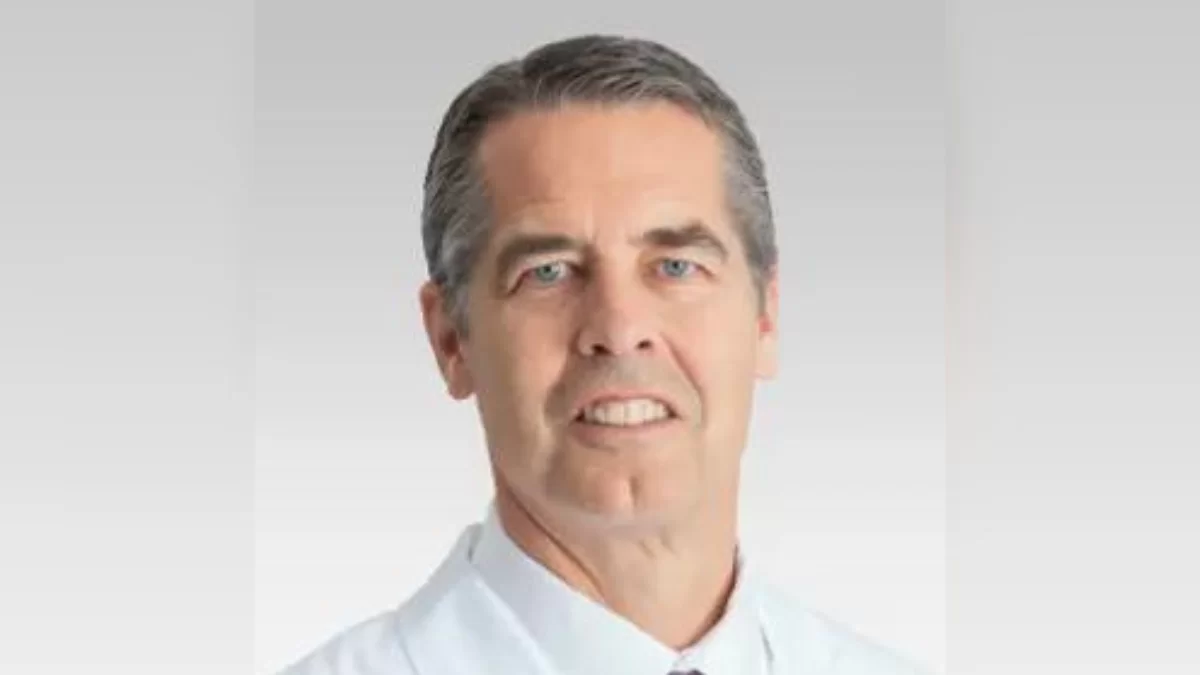
Leaders at the U.S. Food and Drug Administration (FDA) have moved forward with the President’s Medicine Initiative by completing two draft guidances to offer streamlined, flexible methods for overseeing genomic medical tests.
When the guidances and tests are complete, exams will find the medically important differences within an individual’s genomic structure. Called next generation sequencing (NGS), the new technology can use DNA to find genomic variations foreshadowing risks of illnesses. The technology can also determine which treatment options would be best for specific patients.
“Targeting the right treatments to the right patients at the right time is the goal of the President’s Precision Medicine Initiative,” FDA Commissioner Robert Califf said. “Soon, patients will have a much more complete picture of their health than in the past, informed by their genetic and genomic makeup. The FDA is preparing for this exciting approach at multiple levels.”
As of today, traditional diagnostics measure certain substances related to conditions or diseases, such as cholesterol or blood glucose; with the new technology, physicians can study millions of variants of DNA at a single moment. This opens new doors for diagnostics, treatment options and more.
“The FDA values the input we received from genomics experts, industry, health care providers and patients from four public workshops and other outreach opportunities,” Dr. Jeffrey Shuren, director of the FDA’s Center for Devices and Radiological Health, said. “Based on this input, we crafted draft recommendations that we believe will encourage innovation and advance the goal of precision medicine: to speed the right individualized treatments to patients sooner. Precision care is only as good as the tests that guide diagnosis and treatment. The FDA’s job is to ensure that doctors and patients can depend upon the accuracy, reliability and clinical validity of these tests. It’s our hope that this approach will achieve just that.”



